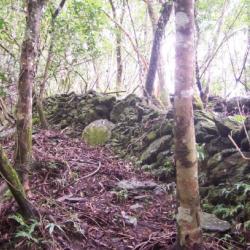200 years ago, the ancestor Gunpai Noekkan led 9 households of 36 people to settle here at the Hagaparis Hamlet in Nan’ao Township, Yilan County. They traveled from the north of Lishan Mountain to Moyao in Heping River Basin cutting through Nanhu Dashan and settled in Hagawan-she. The son of Noekkan carried on, leading the tribe to migrate again to build a community in Hagaparis. According to the records of the Japanese anthropologist, Mori Chosuke, the Hagaparis community had only 17 households. Due to its remote location, the Governor-General in Taiwan did not open a guard road here but had once stationed a police post. In the early days of the Japanese occupation, the people of Hagaparis Hamlet moved to Hanxi Village around 1915, and then moved to Nan'ao Plain in 1964 to live with the people of Wuta Village.
- - / -
- - - -
- -
- -/-
- -


